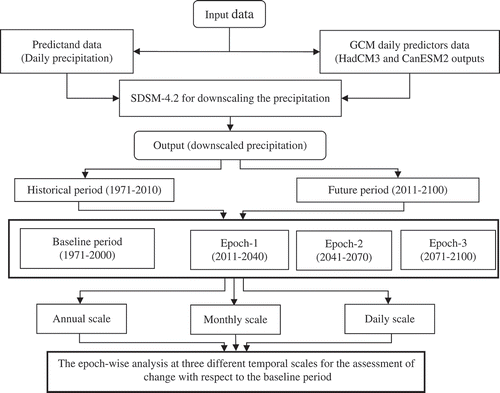Figures & data
Figure 2. Map showing the Mahanadi Basin (key map) and the Upper Mahanadi Basin (UMB, highlighted and enlarged). Gridded locations for downscaling grid intersections (circles) and GCM grid intersections (triangles) are also shown in the enlarged UMB. Nine grid intersections are also considered for CanESM2, in which the study area is enclosed. These are not shown for clarity. A digital elevation model (DEM) of the study basin is shown in greyscale (m a.m.s.l.).
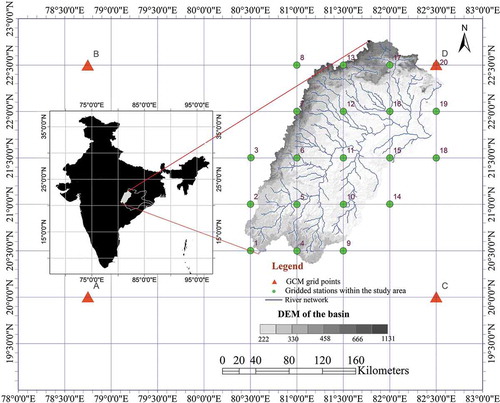
Table 1. Predictor variables from NCEP re-analysis and HadCM3 datasets, and frequency of being selected based on high correlation coefficient with observed precipitation in the Upper Mahanadi Basin.
Figure 3. Calibration and validation results of statistical downscaling model (SDSM) with NCEP re-analysis predictors for location 12, marked in . Observed and downscaled precipitation during calibration at (a) the daily scale and (b) the monthly scale. (c) Scatter plot at the monthly scale during calibration (RMSE: 1.935 mm, R2: 0.757, and NSE: 0.745). Observed and downscaled precipitation during validation at (d) the daily scale and (e) the monthly scale. (f) Scatter plot at the monthly scale during validation (RMSE: 1.976 mm, R2: 0.780, NSE: 0.753).
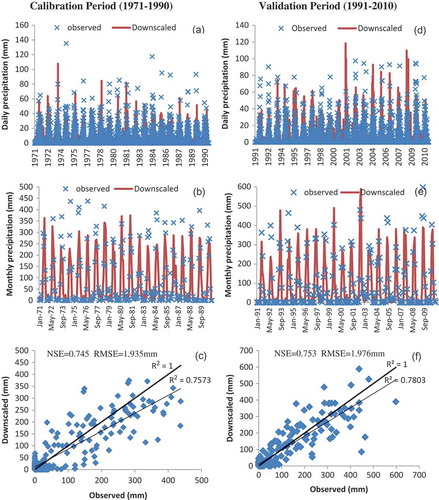
Figure 4. Calibration and validation results of SDSM at location 12, marked in using CanESM2 outputs. Observed and downscaled precipitation during calibration at (a) the daily scale and (b) the monthly scale. (c) Scatter plot at the monthly scale during calibration (RMSE: 2.450 mm, R2: 0.733, and NSE: 0.652). Observed and downscaled precipitation during validation at (d) the daily scale and (e) the monthly scale. (f) Scatter plot at the monthly scale during validation (RMSE: 2.240 mm, R2: 0.764, NSE: 0.719).
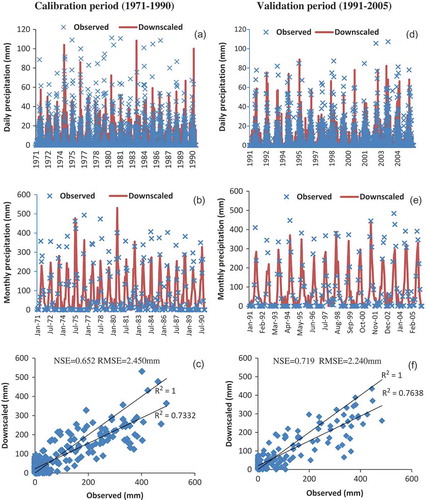
Table 2. Statistical performance measures between observed and downscaled (by SDSM) precipitation for the calibration and validation periods at all locations using HadCM3 outputs as input to SDSM.
Table 3. Statistical performance measures between observed and downscaled (by SDSM) precipitation for the calibration and validation periods at different locations using CanESM2 outputs as input to SDSM.
Table 4. Month-wise bias correction factors for HadCM3 A2 and B2 scenarios and CanESM2.
Figure 5. Annual cycles of Upper Mahanadi Basin precipitation averaged over the entire basin for the period 1971–2010 using downscaled A2 (DS A2) and downscaled B2 (DS B2) scenarios and for 1971–2005 using downscaled CanESM2 (DS CanESM2): (a) observed and downscaled monthly averaged precipitation and (b) standard deviation.
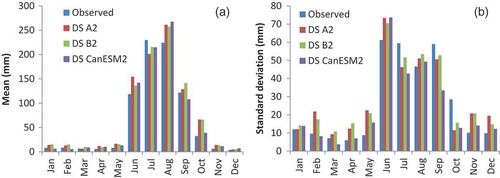
Figure 6. Box plots of (a) observed, (b) downscaled HadCM3 A2 scenario and (c) downscaled HadCM3 B2 scenario precipitation distributions for all locations in the study basin during the period 1971–2010. (d) Downscaled CanESM2 precipitation distribution for the study basin during the period 1971–2005.
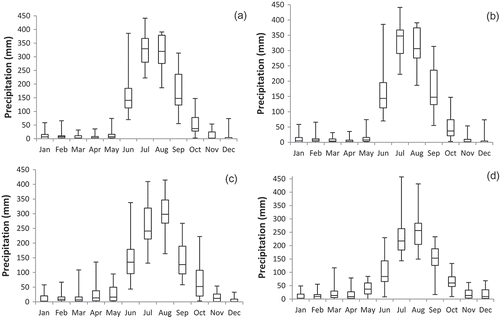
Figure 7. Comparison of downscaled precipitation with baseline (1971–2000) precipitation: (a) HadCM3 (A2 scenario) precipitation, (b) HadCM3 (B2 scenario) precipitation and (c) CanESM2 (RCP 4.5) precipitation.
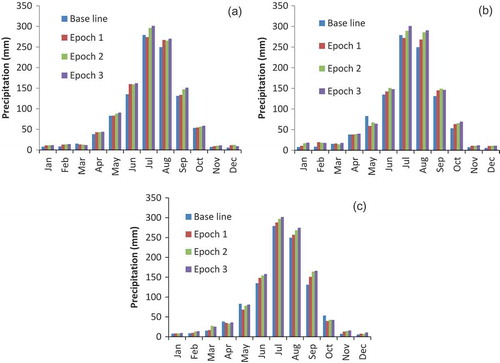
Figure 8. Daily extremes for all months between observed precipitation during the baseline period (1971–2000), bias corrected, downscaled precipitation for HadCM3 A2 and B2 emissions scenarios for epoch-3 (2071–2099) and CanESM2 (RCP4.5) for epoch-3 (2071–2100), respectively shown as 1, 2, 3 and 4 on the x-axis. The boxes represent the 25th, 50th and 75th quantiles.
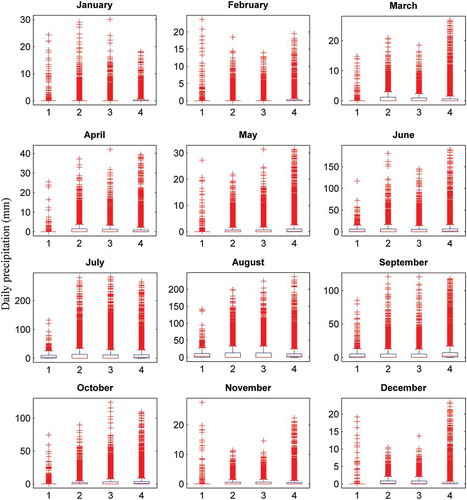
Table 5. Precipitation magnitude (in mm) corresponding to the 95th quantile for baseline and future epochs.
Table 6. Month-wise variation of 95th quantile of daily precipitation (in mm).
Table 7. Number of events with rainfall greater than the baseline 95th quantile value (in %).

